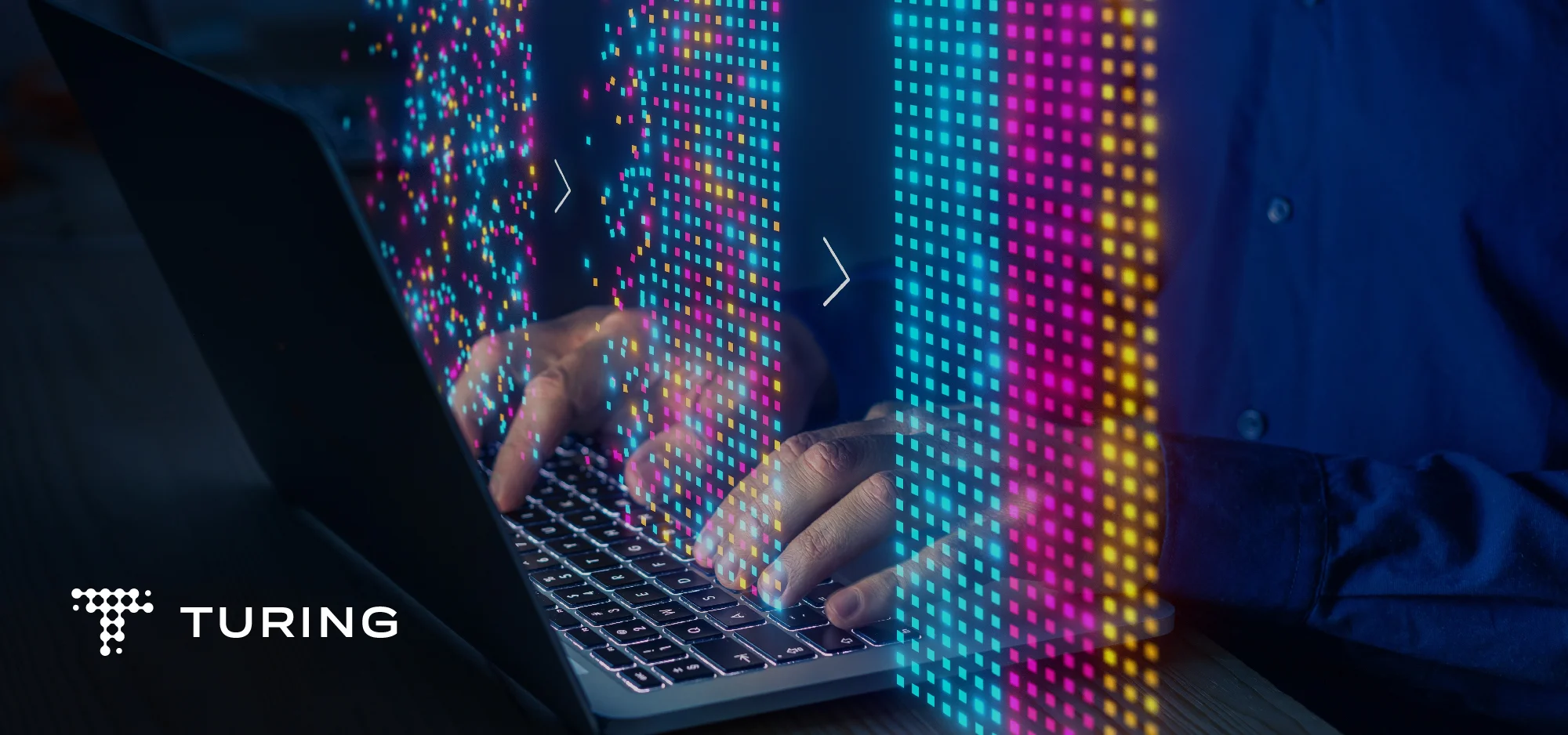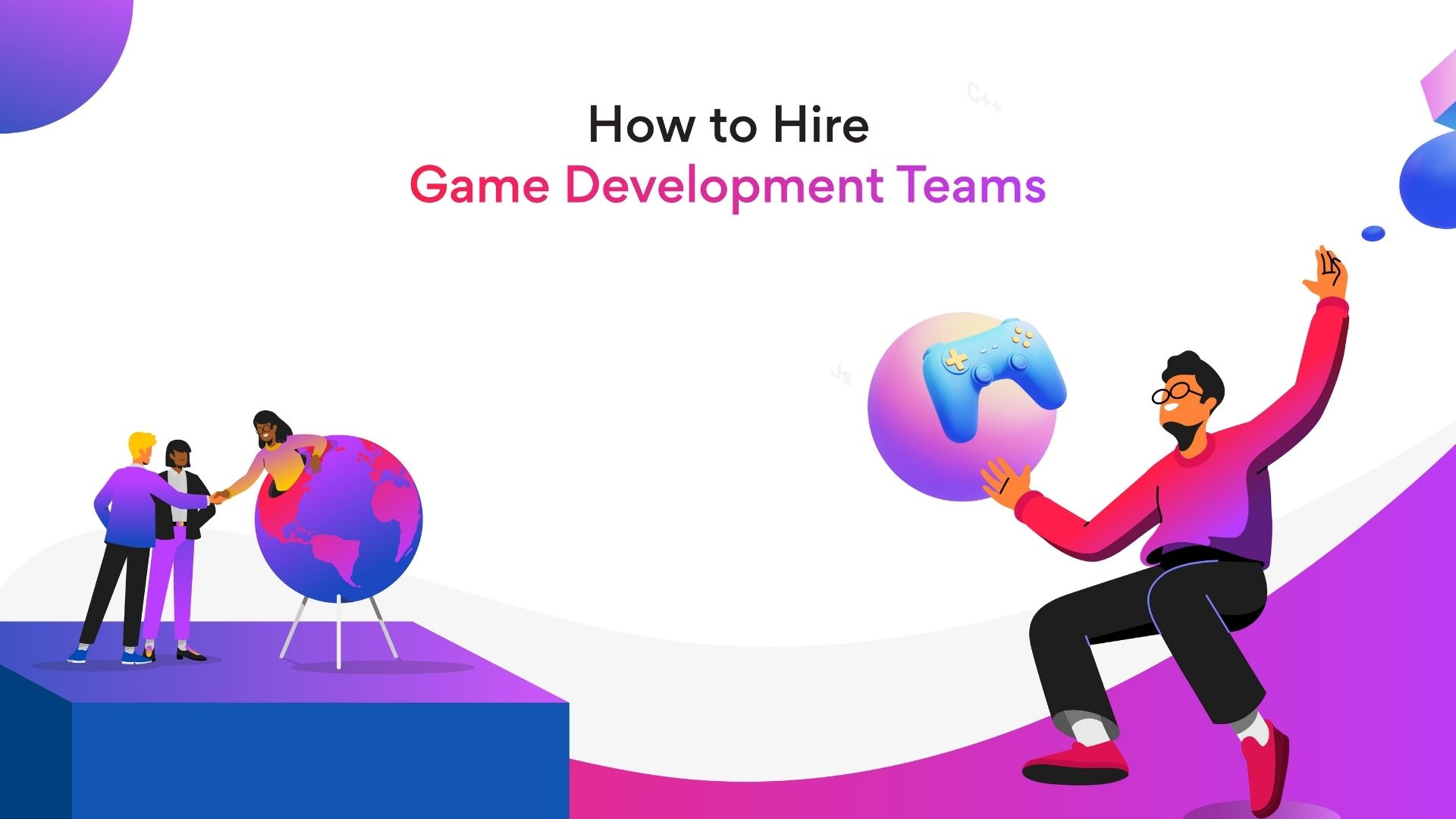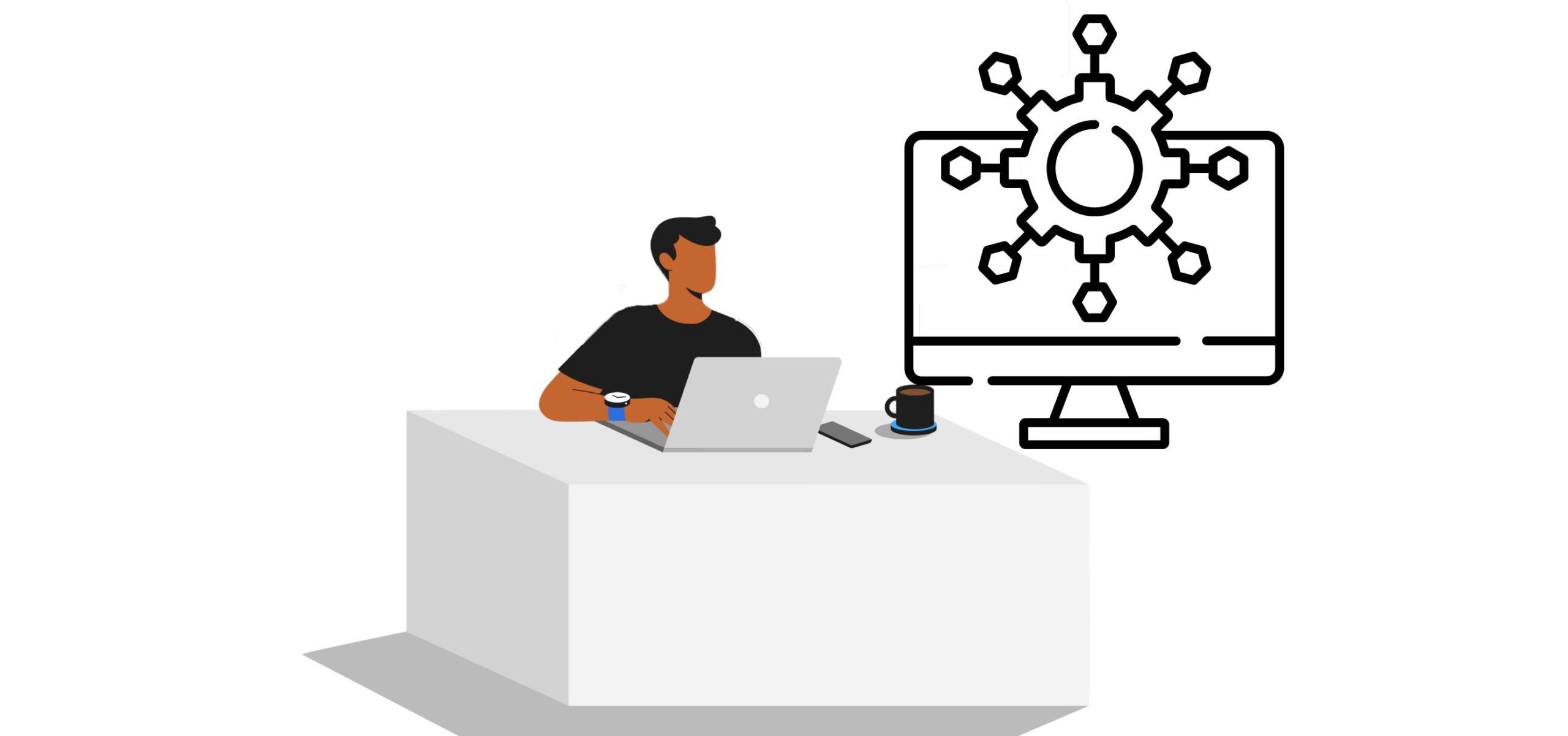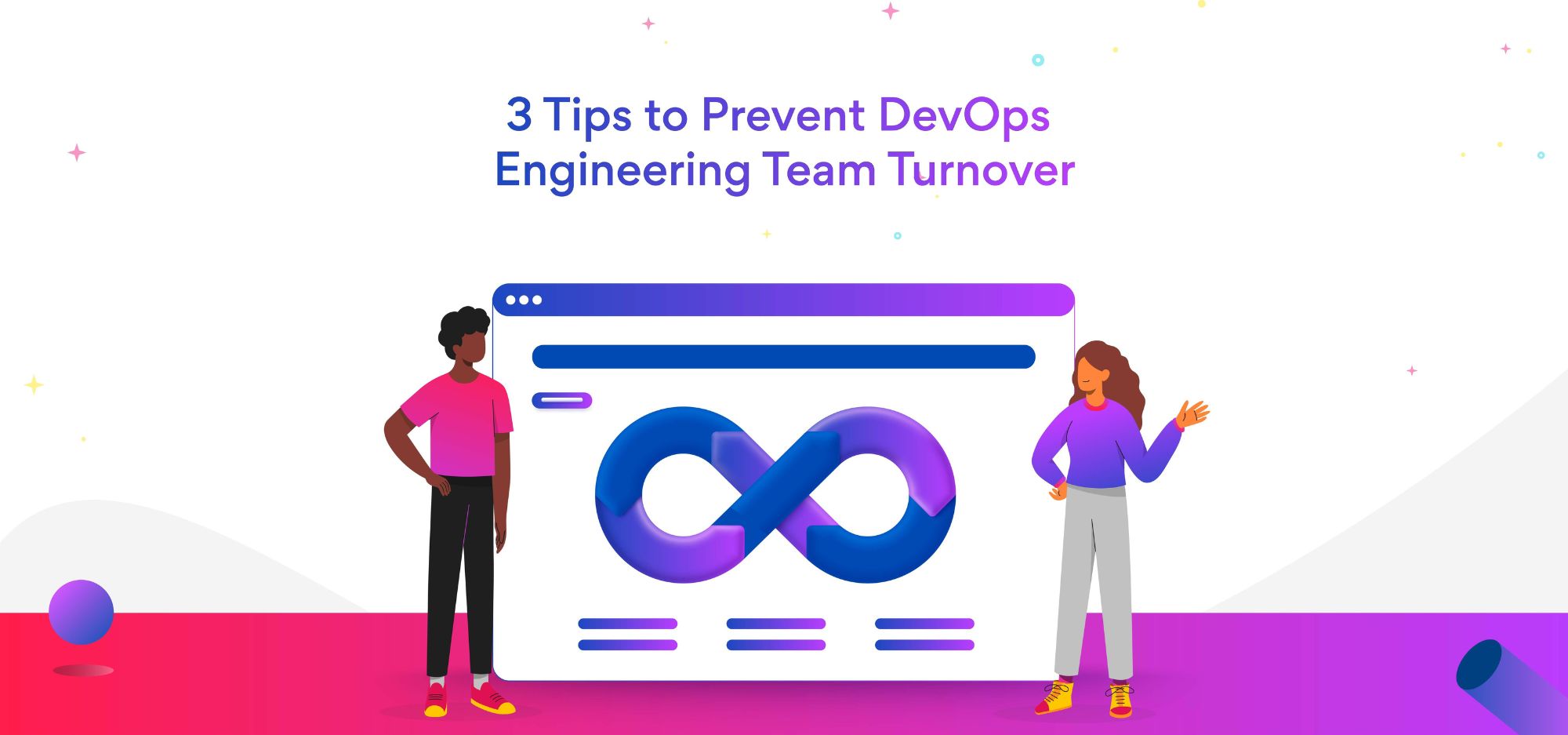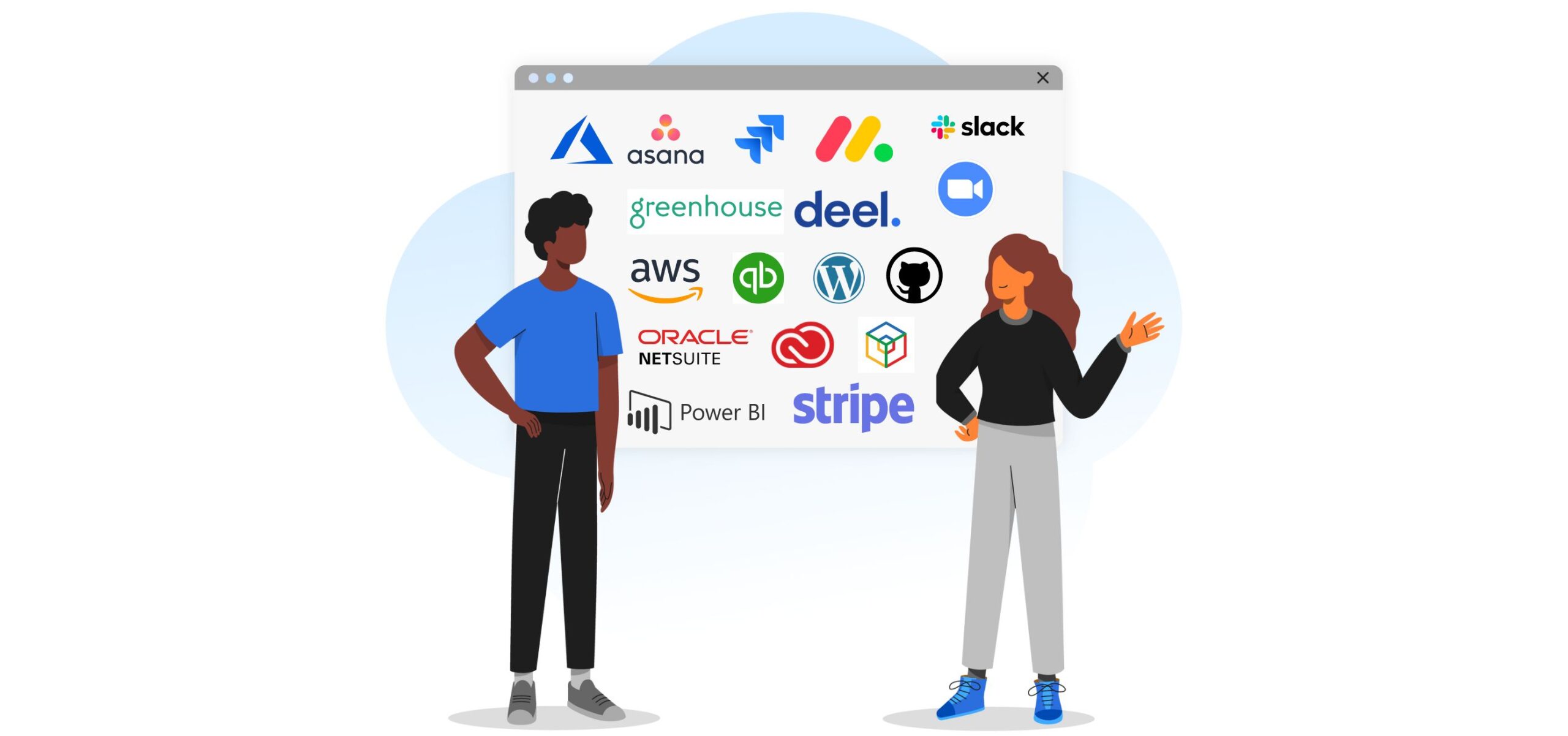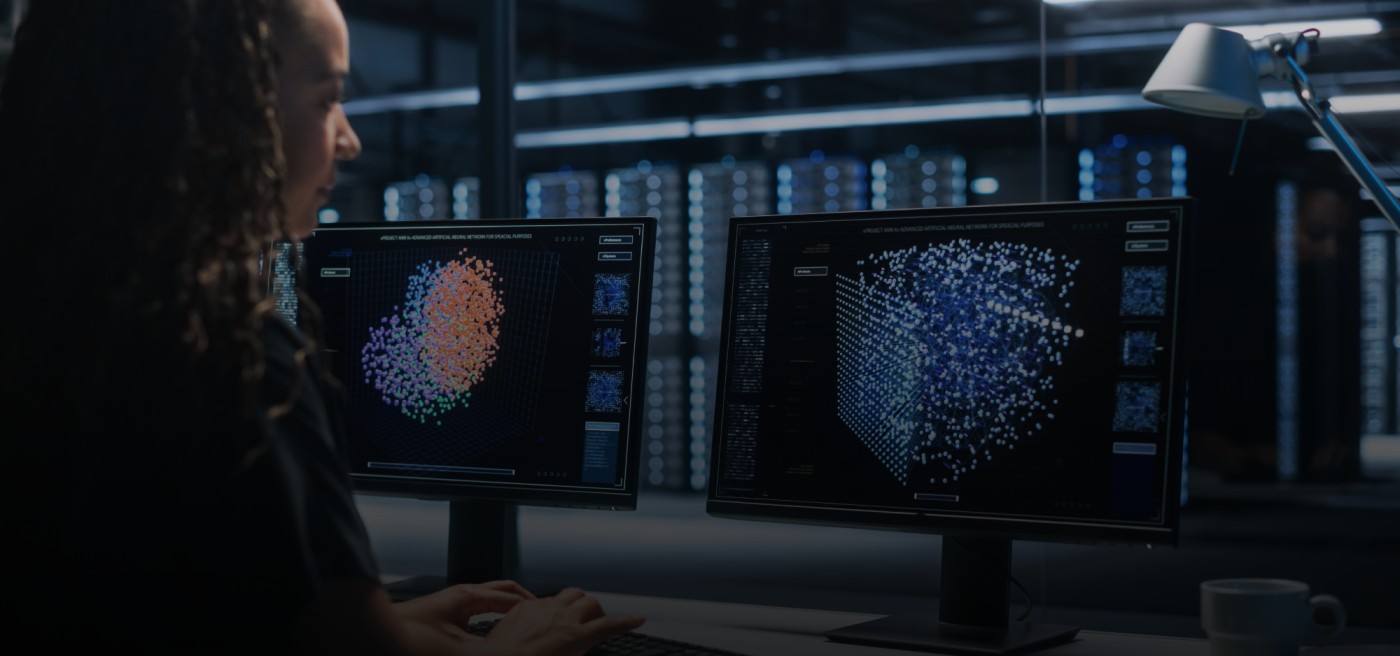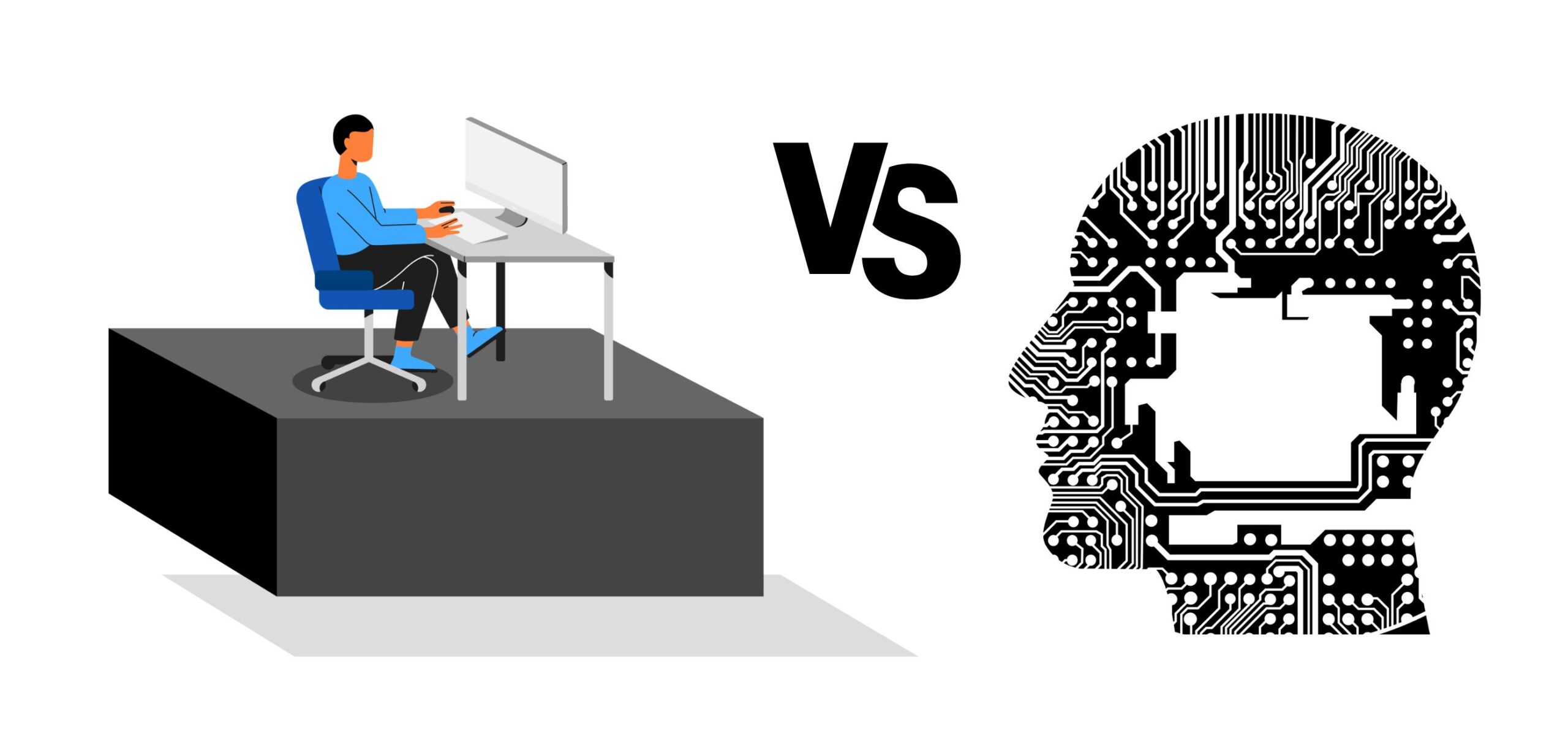Tech Trends in 2023: A Round-up
Technology thrives on innovation. Today, the tech sector is amidst a period of renewal and reinvention. After a challenging 2022, this year saw a range of game-changing tech trends with the potential to catalyze progress in business and society. No doubt, generative AI deserves a big chunk of the credit for driving this revival. Still, it’s just one of many advances this year that have the potential to drive sustainable, inclusive growth and solve complex global challenges.
So, what were the biggest tech trends in 2023 in addition to generative AI? Let’s have a look.
Top tech trends in 2023
Here’s a list of the top 8 tech trends that dominated 2023 and are likely to do so in 2024.
1. Generative AI
2023 was an incredible year for artificial intelligence, with the industry witnessing record adoption, funding, and innovation in the technology. The year saw an exponential rise in the use of generative AI thanks to products like ChatGPT, Bard, and IBM Watson.
The establishment of large foundation models lowered experimentation costs in generative AI, inviting businesses to look at ways to integrate it into their products. This development increased industry adoption and forced generative AI products to become secure and ethical.
A recent survey indicates that, despite GenAI’s nascent public availability, experimentation with the tools is already pretty common, and respondents expect the technology’s capabilities to transform their industries. The global generative AI market is worth over $13 billion and is expected to cross $22 billion by 2025.
Seventy-nine percent of all respondents said they’d had at least some exposure to generative AI. Another survey mentions that 68 percent of respondents said generative AI would help them better serve their customers, and 67 percent believed GenAI would allow them to get more out of other technology investments. As a result, generative intelligence is turning into an economic revolution instead of just a technological one.
Are you looking to transform your business?
Turing can help.
Today, business transformation is AI transformation. Turing is the world’s first AI-powered tech services company that offers a vertically integrated solution that replaces traditional IT service offerings with an AI-based platform.
With over 3 million engineers, Turing uses AI to help businesses build groundbreaking products with custom application development and on-demand software engineering.
We leverage our AI experience to help clients convert their data into business value across various industries—deploying AI technologies around NLP, computer vision, and text processing. Our clients have witnessed great value in their supply chain management (SCM), pricing, product bundling and development, and personalization and recommendations capabilities, among many others. Our experts have mastered AI/ML development and implementation for top tech companies, including our own.
Get business solutions from top professionals in AI and ML. Head over to the Artificial Intelligence Services and Solutions page to learn more.
2. Low-code and no-code platforms
AI parted ways with tech jargon and moved toward drag-and-drop interfaces. As a result, 2023 saw a massive rise in low-code and no-code AI solutions. AI operations and solutions became more functional without the need for coding expertise, making app development accessible to all. These platforms enabled companies to develop complex applications at the click of a button and revolutionized how businesses approach application development.
The low-code development market is predicted to generate $187 billion by 2030, and low-code tools are expected to be responsible for over 65 percent of application development by 2024. Another survey pointed out that no-code and low-code platforms help crunch app development time by 90 percent. Thus, low-code and no-code development platforms will continue to be game-changers in the software development landscape in the coming years.
3. Industrializing machine learning
Industrializing machine learning is the systematic integration of machine learning processes and techniques into an organization’s operations to enhance efficiency, scalability, and strategic decision-making. 2023 saw businesses integrating machine learning into workflows and products to enhance human efficiencies with data-driven insights and position themselves for success in today’s data-centric environment.
MLOps tools also helped companies move from pilots to viable business products, supercharge analytics solutions, and fix issues in production. Owing to the rapid development of machine learning services and solutions, the ML market is projected to grow at a 36.2 percent CAGR and surpass $200 billion by 2030.
4. Web3
Web3, often called the next generation of the internet, reflects a digitalized world where authority and ownership are restored to the users, giving them more control over how their personal data is monetized. Web3 technologies like blockchain, cryptocurrencies, non-fungible tokens (NFTs), and decentralized autonomous organizations (DAOs) give people the tools to create online spaces that they truly own and even to implement digital democracies.
The market for these technologies has been snowballing lately. This trend will continue in the future. The massive adoption of 5G and 6G networks is expected to propel the growth of the Web3 blockchain market. By 2030, the Web3 market is predicted to reach $81.5 billion.
5. Blockchain
Blockchain technology has become synonymous with trust and transparency, serving as the backbone for secure transactions and decentralized applications. The growth of blockchain in 2023, particularly in the sectors of finance, supply chain, and identity verification, marked a significant leap toward a more secure and verifiable digital infrastructure and made it an indispensable tool for businesses aiming to fortify their operations against cyber threats. Blockchain technology’s integration with AI and its diverse applications make it a key driver of innovation in the digital age.
As a result, the technology significantly impacted everything from AI and IoT to the metaverse and NFTs. Blockchain interoperability—the ability of blockchains to communicate with other blockchains—also made significant improvements this year. The global blockchain market, valued at $11.02 billion in 2022, is expected to surge to $265.01 billion by 2028, reflecting the growing demand for blockchain solutions and services.
6. Edge computing
The last few years forced businesses to consider pushing beyond the traditional computation models of routing data to a remote data center. Edge computing emerged as a pivotal force that pushes data processing to the network’s periphery, nearer to the data source. This shift prioritizes speed and efficiency, enabling real-time insights without the latency bottleneck typically associated with cloud computing.
Edge computing melds seamlessly with technologies like IoT and 5G. This integration led to several benefits, including lightning-fast data transmission, enhanced connectivity, reduced latency, facilitation of real-time analytics, and increased reliability. The edge computing market size is predicted to rise from $53.6 billion in 2023 to $111.3 billion by the year 2028 at a CAGR of 15.7 percent.
7. Quantum computing
Quantum computing, an innovation that overcomes the limitations of traditional computing, witnessed massive growth in 2023. The key developments in this field included a shift from processor benchmarks to practical implementation, quantum modularization for building large-scale quantum computers, enhanced error correction, and a growing focus on quantum communication and quantum software.
Quantum computing uses subatomic particles to generate new ways of processing and storing information. This feature enables computers to operate a trillion times faster than the fastest traditional processors. There is a global race to develop quantum computing at scale, with the market standing at $784 million currently and forecasted to reach $6.5 billion by 2033.
8. Sustainable technology
High carbon emissions are one of the biggest challenges the world is facing today. Sustainability is no longer a mere buzzword—it’s an operational mandate. In 2023, green IT initiatives escalated, with companies striving to reduce their carbon footprint through sustainable computing practices and eco-friendly solutions.
Research predicts that by 2025, 50 percent of CIOs will have performance metrics merged with the sustainability of their IT organization. Designing energy-efficient computing devices, reducing the use of hazardous materials, and encouraging digital device recycling became areas of keen interest. Improved procedures for disposal and recycling, environmentally friendly production methods, and energy-efficient computers spearheaded IT sustainability practices throughout the year.
Conclusion
These tech trends transformed 2023, significantly impacting how we live, work, and interact with the world around us. From generative AI to quantum computing, these trends have opened up new possibilities for innovation and growth across various industries.
Today, business and technology are inextricably linked. And keeping pace with the emerging tech landscape can be challenging for even the most tech-savvy leaders. Your modern software engineering challenges deserve modern development methodologies.
This is where Turing can help you.
Our Intelligent Talent Cloud uses AI to source, vet, match, and manage more than 3 million developers worldwide, enabling organizations to save time and resources as they build their dream engineering team in just 4 days.
Our mix of AI, cloud, and application engineering solutions can take you from legacy to industry leader. We’ll help you build the world’s best engineering team for your project, vetted by AI.
Head over to the Turing Services page to learn more.
Join a network of the world's best developers and get long-term remote software jobs with better compensation and career growth.

